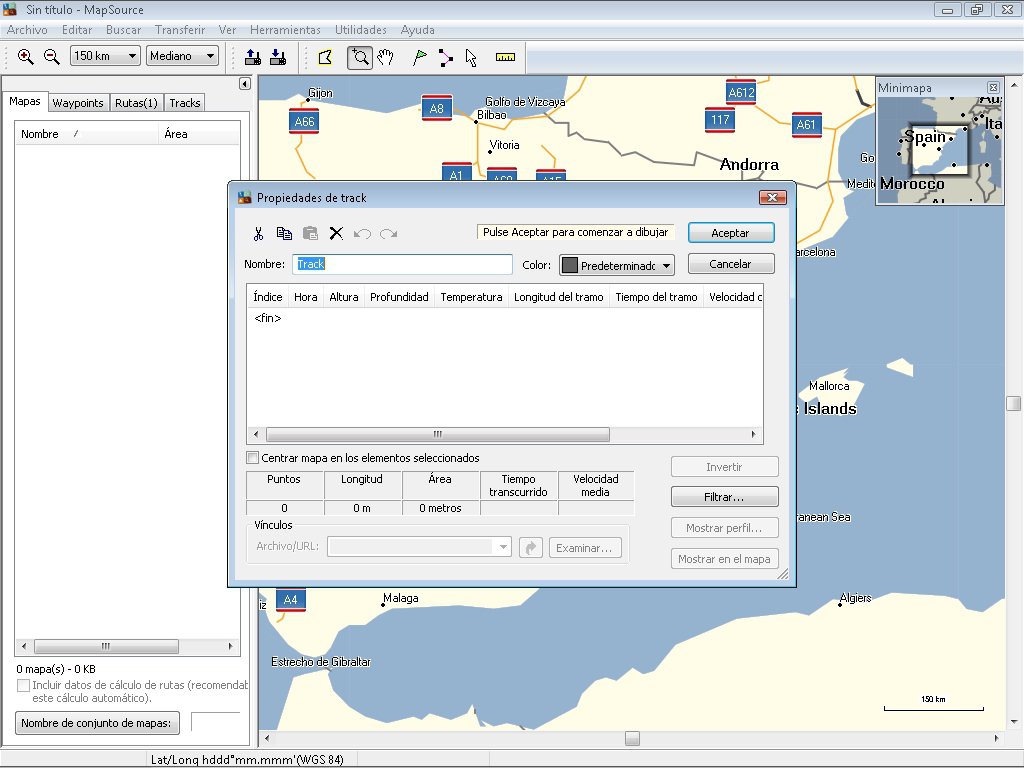


The results show that the most frequent and hardest-hit areas in Southern Xinjiang are concentrated in Turpan and Aksu. The geographical distribution, annual variation, and interannual variation characteristics of the frequency and intensity of gale disasters in Southern Xinjiang were analyzed from the overall and different levels. The percentile method is used to divide the disaster loss index into four levels: mild (level I), moderate (level II), severe (level III), and very severe (level IV). Based on 1399 gale disasters in 48 counties (or cities) of Southern Xinjiang, the typical arid and semiarid lands, during 1980–2019, the disaster loss index, which comprehensively expresses six disaster factors, is constructed through mathematical statistics.

This study aims to illustrate the various characteristics of gale disaster loss in typical arid and semiarid areas and to divide the classification of disaster loss. In addition, the resistance of biocemented desert sand to wind-induced erosion decreased with the increased number of drying–wetting cycles, to lesser extents, with the development of time and the increased number of freezing–thawing cycles. The test results demonstrated that the erosion resistance of biocemented desert sand was improved by the increase of treatment temperature and the concentration of biocement solution, which was manifested in the increase of surface penetration resistance of biocemented samples. In this work, the surface penetration resistance test and wind tunnel test were conducted to evaluate the various influential factors for the resistance of biocemented desert sand to wind-induced erosion, including the treatment factors, such as treatment temperature and biocement solution concentration, and durability factors such as the development of time, freezing–thawing cycles, and drying–wetting cycles.

Biocementation, based on microbially induced calcite precipitation (MICP), is a novel soil improvement method, which can form a cemented layer on the surface of desert sand to resist wind-induced erosion.


 0 kommentar(er)
0 kommentar(er)
